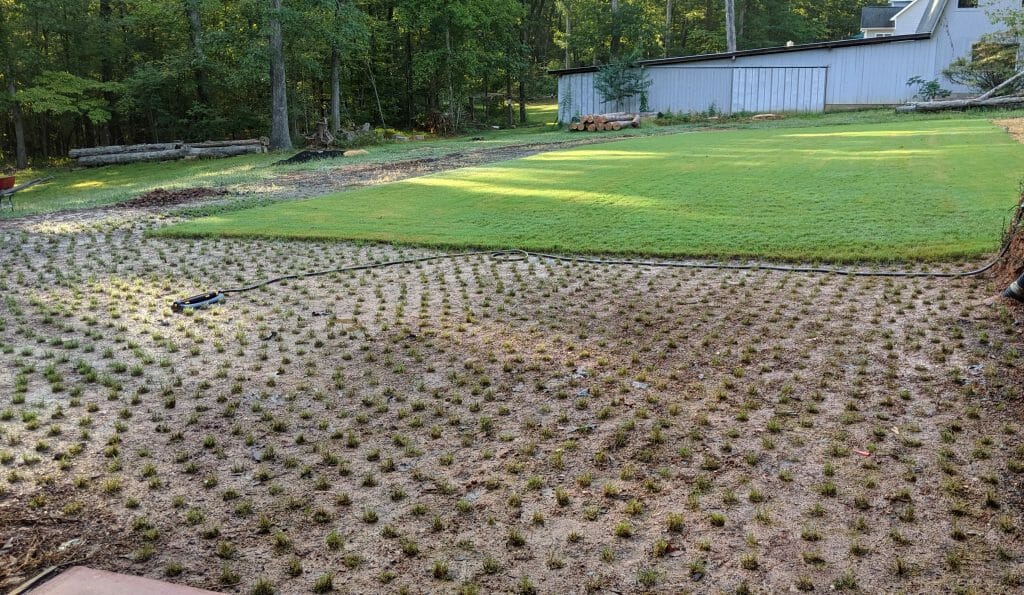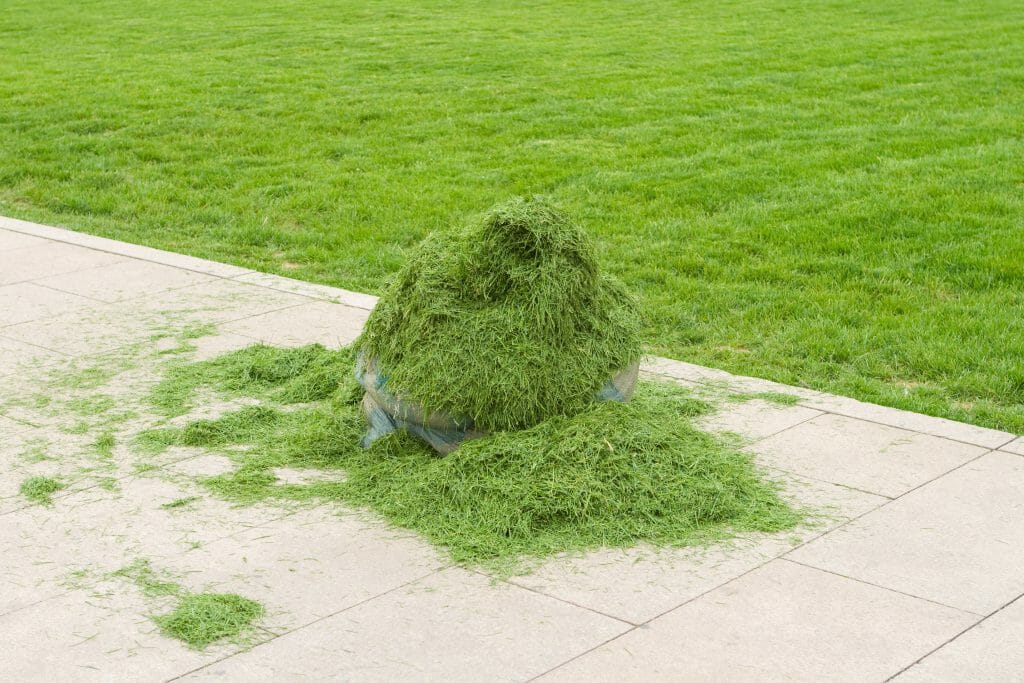You’ve heard that worm castings are really good for your plants and the soil environment that they live in. But, have you wondered whether it’s possible to use too much worm castings?
Unlike commercial fertilizers, worm castings will not burn the roots of your plants. This is because they are one hundred percent natural and don’t contain a heavy dose of nutrients. Rather, they contain beneficial bacteria and microbes that help the plant roots take up more of the nutrients in the soil. So, no, you can’t use too much worm castings.
Can You Use Too Much Worm Castings? They Aren’t As Plentiful As Fertilizers
You’ll also find that it would be extremely difficult to apply too much worm castings to your plants anyway. That’s because it takes quite a long time to gather enough castings to use around your plants.
Think about it. Worms are small creatures, and they have to work through a lot of food scraps to produce a significant amount of castings. Seriously, how much poop can one worm expel in a day!
Plus, even if you have your own worm farm, you’ll need to wait at least a few months before there will be enough castings to harvest, and on top of that, the harvesting process is quite labor-intensive and time-consuming.
On the other hand, if you would prefer to buy your worm castings, you’ll find that they’re relatively expensive simply because they take a long time to produce.
Why You Shouldn’t Grow Plants In Worm Castings Alone
Although it’s perfectly possible to grow plants in worm castings alone, it’s not something that you should make a habit of doing. This is because the castings don’t have the same structure that soil has.
For example, if you dig a planting hole and then fill this only with worm castings, you’re effectively creating a planting pocket for your plants. The roots will have a hard time breaking out of the planting hole and into the surrounding soil because the soil environment is vastly different from the worm castings.
Effectively, the worm castings create a barrier between the normal soil and the roots of the plants. Because the castings are relatively soft, water can gather at the bottom of the planting hole, resulting in root rot. Plus, the castings just don’t provide enough support for the roots, and your plants might topple over.
Worm castings should generally only be used as a top dressing around the base of your plants or mixed in with the soil. This is when they’ll provide the best benefits to your plants by helping to improve the soil structure and the drainage and allowing the roots of the plants to absorb the valuable nutrients contained in the soil itself.
The Best Ways To Use Worm Castings In Your Garden
There are a few really good ways to use worm castings in your garden to ensure that they provide all their benefits to the plants that you’re growing.
Mix The Castings With The Soil In A Planting Hole
The ideal ratio for adding worm castings to a planting hole is 1 to 3. That is one part worm castings to three parts soil measured by volume. When you mix the worm castings with the surrounding soil, you’re creating the ideal soil environment for your plants.
Add Worm Castings To Your Vegetable Patch Before You Start Planting
If your vegetable patch has been fallow over the winter or you’ve completed your harvest and are getting ready to plant a new batch of seedlings, you can incorporate some worm castings into the soil before planting.
This will replenish the soil with organic matter and healthy soil bacteria that your recent crop may have depleted from the soil. Make sure you dig or fork the worm castings into the top foot or so of the soil to gain the most benefits.
While doing this, you might also like to add some compost or well-rotted animal manure, as this will provide the necessary nutrients your plants will need throughout their growing season.
Add Worm Castings To Your Potting Soil Or Seed Raising Mix
Worm castings are also useful when you add them to your potting soil or seed-raising mix. Use the same 1 to 3 ratio by mixing one part worm castings with three parts of potting soil or seed raising mix.
This will really help your potted plants and seeds to grow strong and healthy.
Use Worm Castings As A Top Dressing
Worm castings can easily be spread over the soil around your existing plants to give them a boost. As you water your plants, the castings will wash down into the soil and enhance the structure.
Frequently Asked Questions
What are the disadvantages of worm castings?
The main disadvantages of worm castings is that they take a long time to produce and you have to use them sparingly. They are also quite complex to harvest from your own worm farm.
Can worm castings cause nutrient burn?
No, worm castings don’t contain many nutrients. Their main advantage is that they contain valuable microbes that help plants take up nutrients from the soil.
Can you grow plants in 100% worm castings?
Worm castings will not support plant growth if they’re used on their own because they do not have the same structure as soil. However, they can be mixed with rich compost and perlite to make a premium potting mix for your plants.
Final Thoughts
It’s really not possible to use too much worm castings in your garden as long as you mix them with the soil and don’t use them primarily for growing your plants in. Worm castings will not burn the roots of your plants like using too much fertilizer can.
That’s because worm castings are one hundred percent natural and contain only healthy soil bacteria and microbes that help the roots of your plants to absorb nutrients more readily. They also improve the structure of the soil and create an optimum growing environment for healthy plants.





